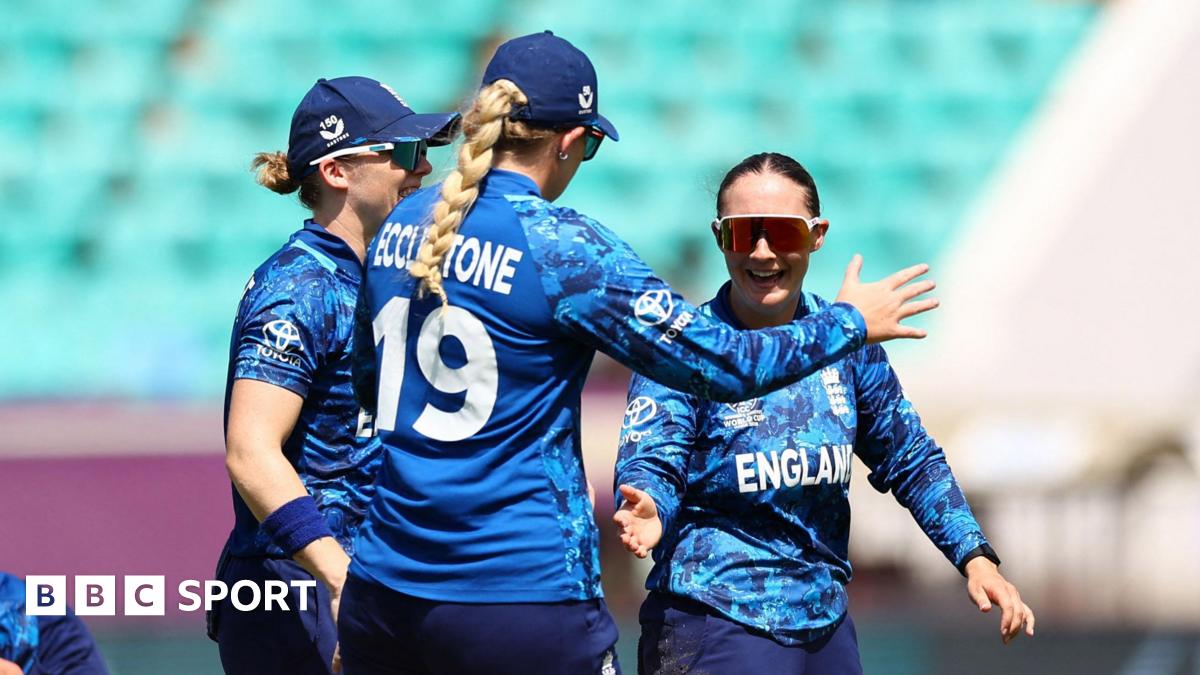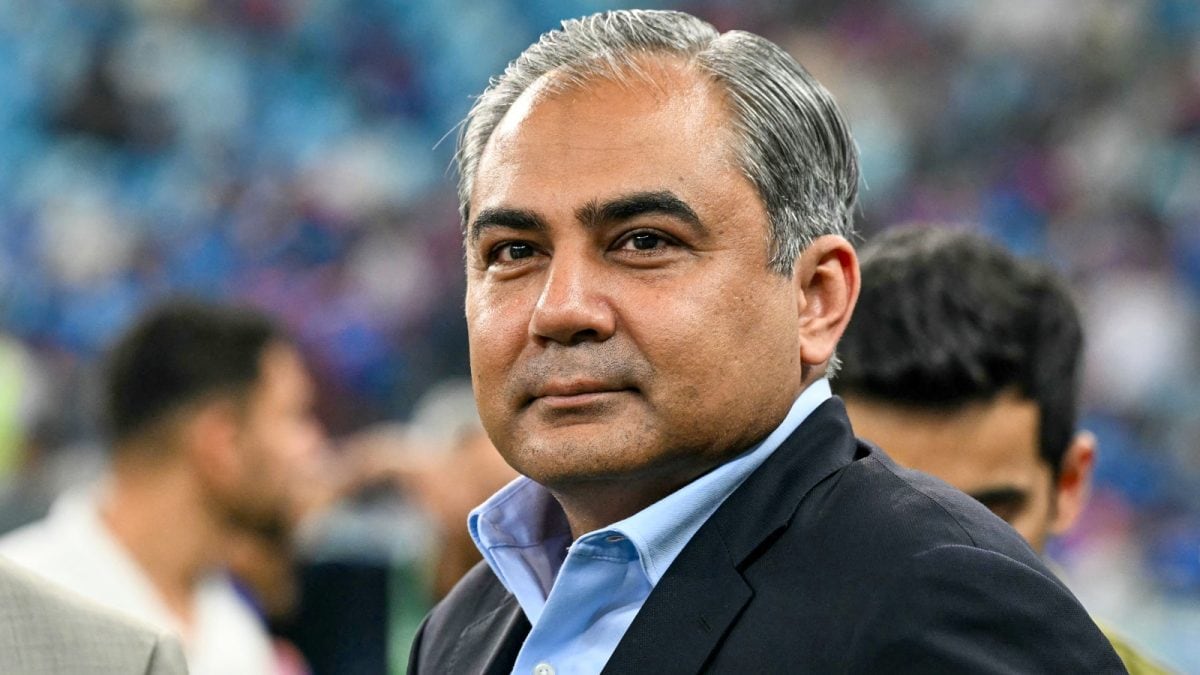Captain Shubman Gill hits new low, registers unwanted record vs Australia

Shubman Gill endured a challenging start as India's ODI captain, registering the lowest average by an Indian captain against Australia. Despite strong red-ball form, his white-ball struggles persist, raising questions about his long-term leadership amidst emerging talent.Shubman Gill (Photo by Ayush Kumar/Getty Images)Shubman Gill’s first outing as India’s ODI captain did not go as planned, as he registered an unwanted record against Australia. In the three-match series, Gill scored just 10, 9, and 24, giving him an average of 14.33 – the lowest by an Indian captain in an ODI series against Australia. He now sits below MS Dhoni, who averaged 17.20 in 2016, and Sourav Ganguly, who averaged 18.60 in 2001. Gill’s struggles in white-ball cricket are not entirely new. Earlier in the T20 Asia Cup 2025, he was recalled to the team and made vice-captain. He opened alongside Abhishek Sharma, which pushed Sanju Samson down the order. Samson had been a strong performer as an opener, having scored three centuries in the role, but was moved to accommodate Gill. The tournament was disappointing for Gill, as he scored 127 runs at an average of just 21.16.Shubman Gill Press Conference: Captain hails Rohit Sharma and Virat Kohli after India’s big winDespite these white-ball challenges, Gill has been in excellent form in red-ball cricket. Since being named captain, he shone in the England Test series, scoring 754 runs at an average of 75.40 and finishing as the leading run-scorer. Against the West Indies at home, he continued his fine form with a fifty in the first Test and an unbeaten 129 in the second. However, the transition to white-ball leadership seems to be testing him. With young talents like Yashasvi Jaiswal waiting in the wings, Gill will need to find consistency with the bat if he wants to secure his place as India’s long-term ODI captain. His ability to adapt and perform in the shorter formats will be closely watched in the coming series.End of Article









